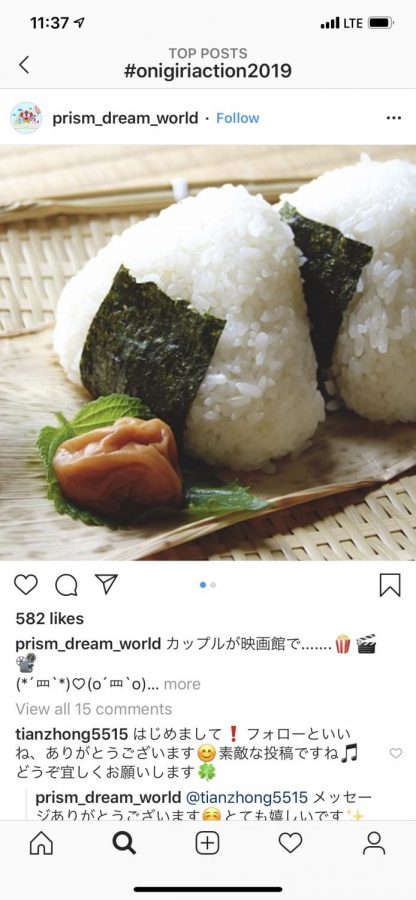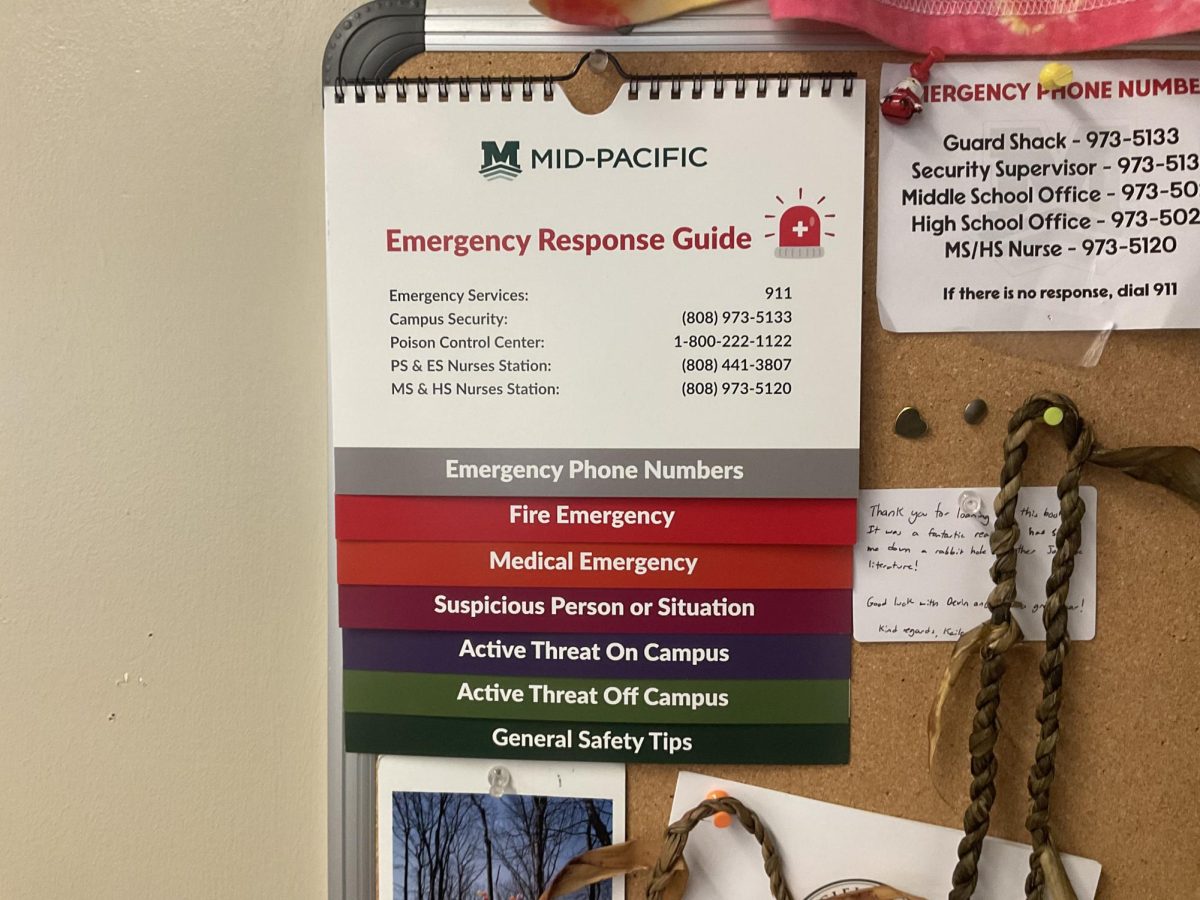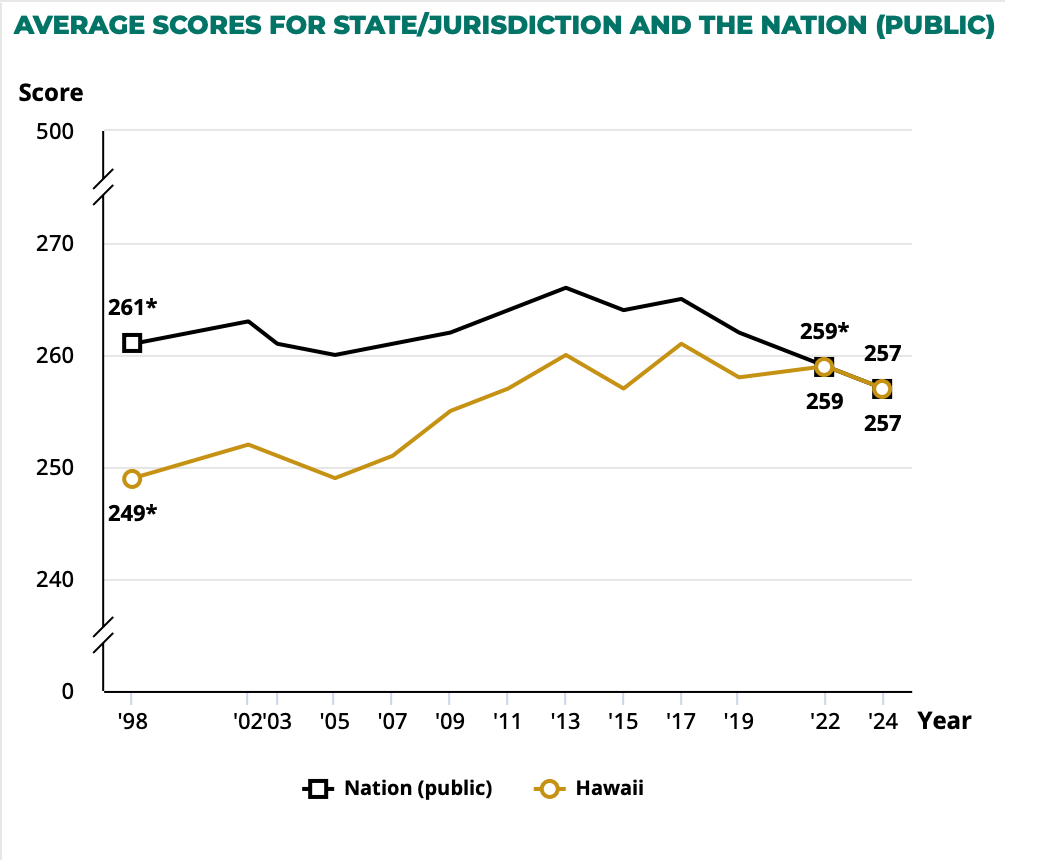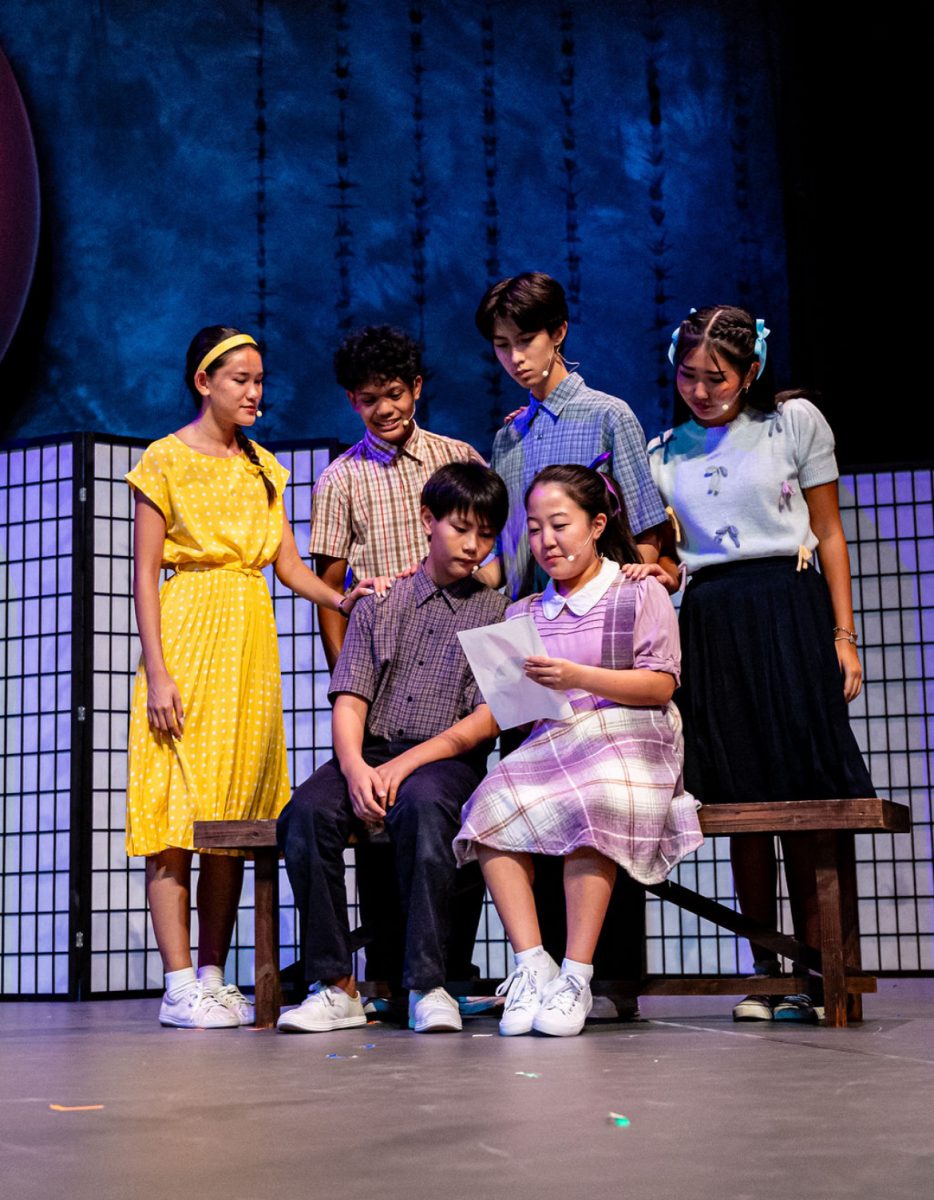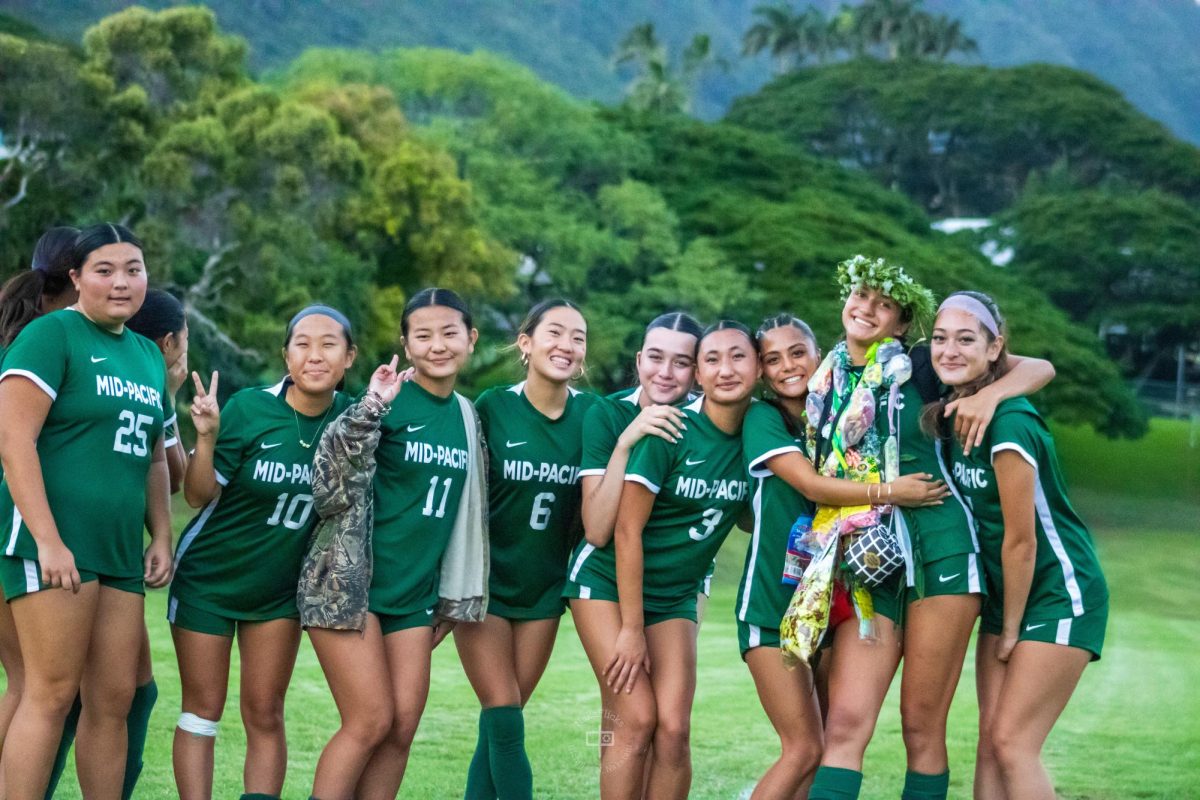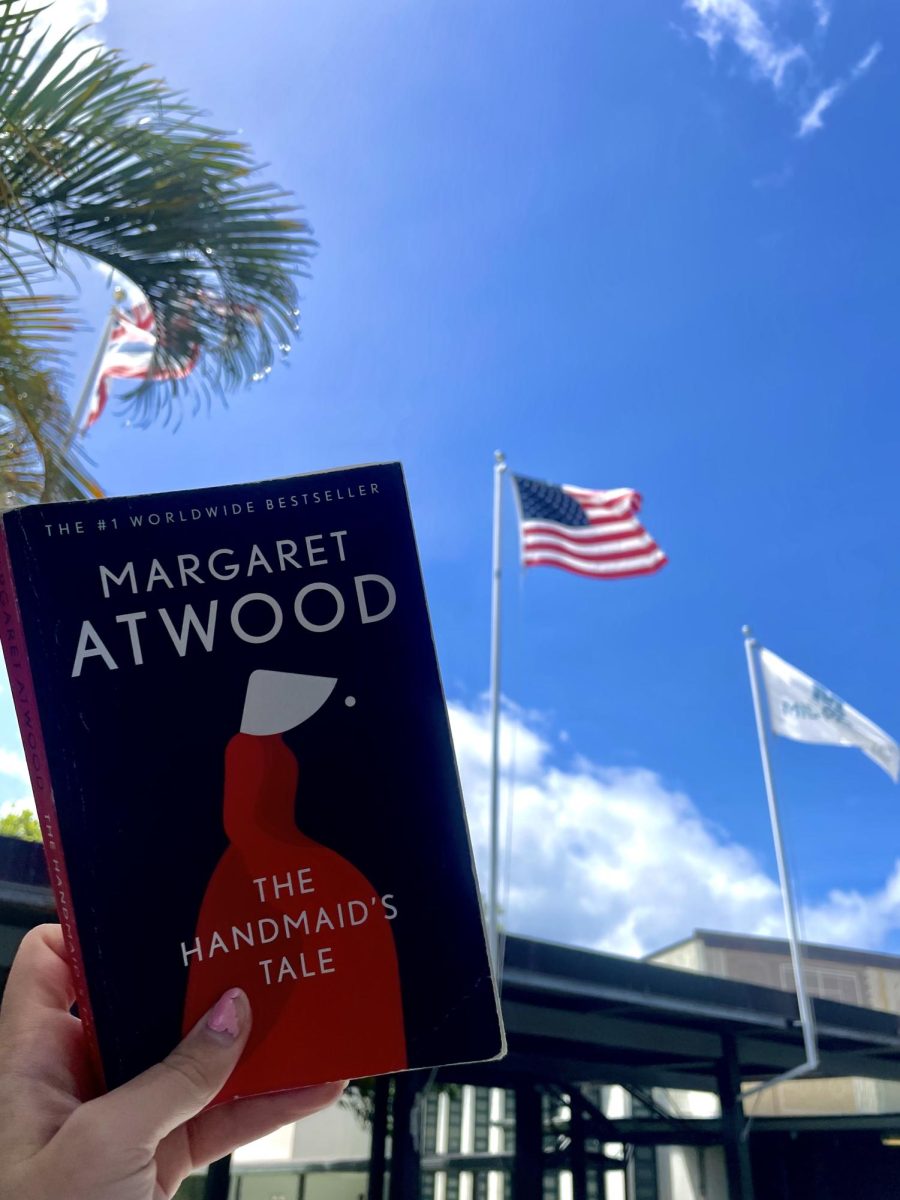Japanese students learn culture for a cause with #onigiriaction campaign
December 9, 2019
Heaps of steamy, white rice lay in the palms of student’s hands as they formed and molded them into thorough geometric shapes, squeezing as hard as they can to get that precise shape. Nori cut into strips soon contributed to the rice sculptures turning them into fun characters.
As soon as freshman Tristy Goya made onigiri, she took to social media and used the hashtag #onigiriaction2019.
An onigiri is a Japanese dish consisting of small shapes of rice stuffed with any type of filling and typically wrapped in dried seaweed.
Many of Lisa Asato’s Japanese 2 students experienced Japanese culture with rice, nori, and filling to make rice balls for Onigiri Action 2019.
“I think it’s fun to experience and also meaningful,” said Asato.
Onigiri Action 2019 is an annual campaign. from October 7th to November 20th people can follow three simple steps to help starving kids in Africa.
All you need to do is make an onigiri, take a picture of you either making or posing with your onigiri and then post it to social media. Then, 5 plate lunches will be shared with the hungry for every shared rice ball.
“I thought it was a really interesting way to help people since it was so simple,” said Japanese 2 student Bryn Higuchi. “Before we did this project, I thought you had to donate money in order to help and make a difference,” said Higuchi.
A total of 295,398 onigiri photos were shared on social media from people around the world and 8,000 children will be provided warm school meals for a year to the hungry children in Africa, according to the web site.
Other schools from across the island took the initiative to help the cause such as Aina High School and Hawaii Baptist Academy.
Asato said the two main purposes that she wants students to understand throughout this project. It is one of the more dominant events that Asato does with her students.
“I want students to learn that we have such a wonderful project that it doesn’t take a lot to support people in need,” she said. “Also, I want everyone to learn the Japanese tradition of making onigiri, which is riceball and the importance of rice.”
The kanji for rice ball has the hidden kanji numbers for 88. The hidden meaning is that it takes 88 days to make a small batch of rice. I like this!
“That’s how hard people work to make rice. I feel like we need to think about our food more preciously and do not waste it. There are so many people like the ones in Africa who don’t even get to taste rice,” said Asato.
Higuchi said it felt good to be learning Japanese culture and participating in a worldwide trend.
“It made me feel like even though I was just eating and making onigiri, it was going a long way, helping someone else,” she said.
Japanese 2 student Kaitlyn Yoshimoto said these onigiri are more than just food to enjoy but for a good cause to support.
“Hunger is an issue that should be addressed more often and I feel we did that through this project,” said Yoshimoto.
Asato said she remembers her teacher who would always let students try to make onigiri for the experience and wants to give students the experience she got from making onigiri with her teacher.
“For the students who aren’t that good at Japanese, I hope they remember this experience that I gave them when they grow up,” she said.
Asato said this year, she feels the activity was more of a success than previous years because she taught people how to clamp the rice to form its shape.
“I think they all enjoyed the onigiri but I also appreciate that all the students were thankful for this activity. I was very happy,” she said.
Students said they admired Asato’s project because of its fun in learning and would like to continue to do hands-on activities like this throughout the remainder of the year.
“It was learning but in a fun way. I feel students learn more through interactive activities,” said Yoshimoto.
Higuchi said Asato got her point across to the students in a way that the class could easily follow along and feel sympathetic.
“She did a really good job of sharing who she was trying to help through this and why her purpose was so soulful,” she said.

